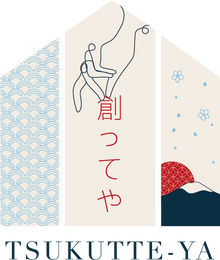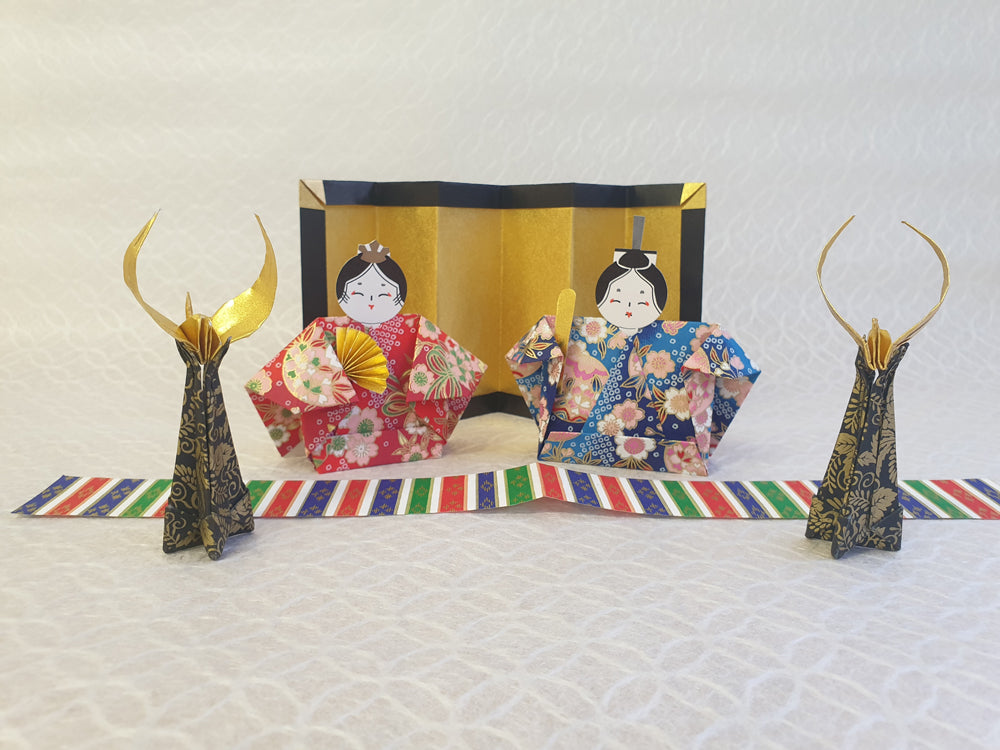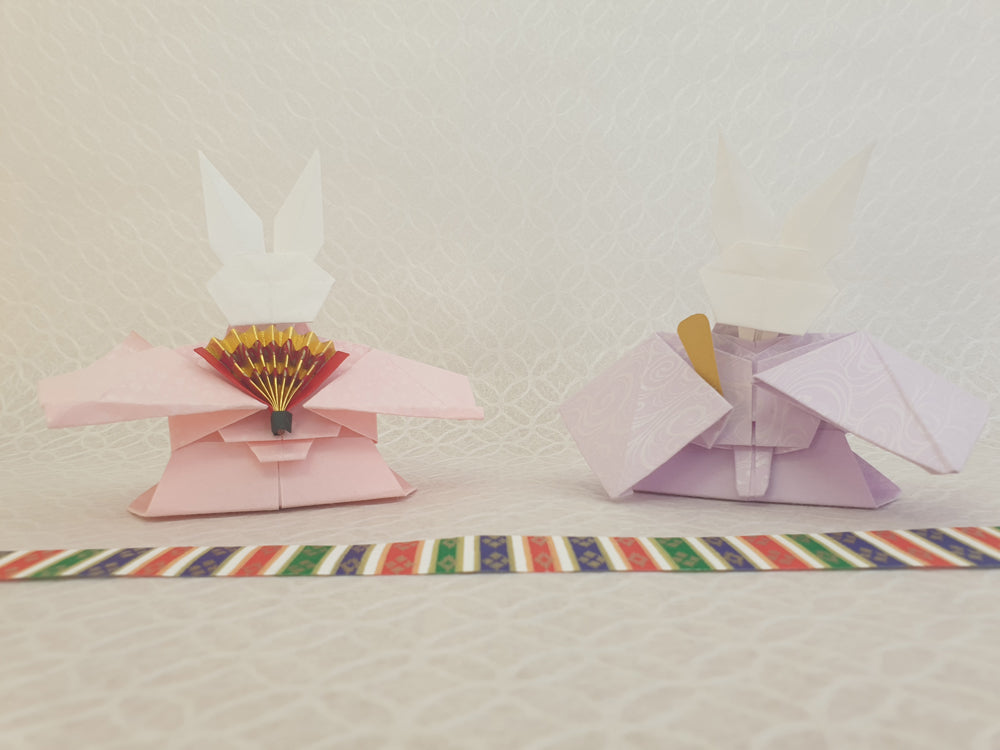About Hina Matsuri
ひな祭りについて
Origins of Hina Matsuri
Hina matsuri (雛祭り), “Girls’ Day” or “Doll Festival”, is a festival held every year on the 3rd of March. During this celebration dedicated to girls, parents wish for the good health and happiness of their daughters by displaying hina dolls (雛人形) in their houses. These dolls represent the emperor and the empress.
The festival finds its origins in the Heian period (794-1185). As the celebration’s day matches the blooming of the peach blossoms, it used to be called Momo no Sekku (桃の節句) which means “peach seasonal festival.” It is one of the five seasonal festivals, gosekku (五節句).

The custom linked to dolls found its origins in a Shinto purification ritual. According to the myth, the creators of Japan purified themselves by immersing their bodies in the river. Consequently, people reproduced this myth by using hina dolls and sending them down the river to carry away bad spirits. This is called the hinanagashi (雛流し).
During the Edo period (1603-1868), the imperial family started displaying more and more expensive hina dolls instead of throwing them away in the river during momo no sekku. So, the population started to do the same Since then, dolls are displayed in houses during hina matsuri, which became the festival’s new name.
As time went by, more dolls were added to the display, reaching the number of 15. Dolls representing attendants, musicians, ministers, and the imperial family, are placed on a hinadan (雛壇), a tiered stand. They are put on the hinadan according to their social rank from the bottom to the top, where you find the emperor and empress. The complete set of dolls is called a hina kazari (雛飾り).
Hina matsuri nowadays
Even though hina matsuri is not a national holiday, this festival is celebrated throughout Japan. Hina dolls are being displayed in the houses of families with young daughters and in public spaces. For families who cannot afford a hina kazari, they usually only display the emperor and empress dolls. The hina dolls will keep away bad fortune and protect young girls’ futures.
This is also the occasion to eat special dishes like hina arare (雛あられ), which is a sweet rice cracker, or chirashizushi (ちらし寿司), a bowl of vegetables and fish on top of vinegared rice, and to drink amazake (甘酒), a non-alcoholic drink made from fermented rice.

Depending on the region, customs and traditions linked to the festival can differ. For example, in the city of Yanagawa in Fukuoka prefecture, hina dolls are attached to strings that are hung over the river. This decoration is known as sagemon (さげもん).

Overall, hina matsuri is a festival with old roots that is still celebrated today across Japan. This is a great opportunity to reunite with your family and to spend quality time together.


